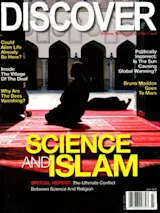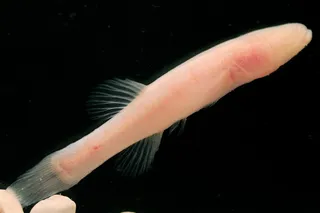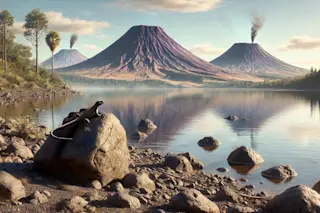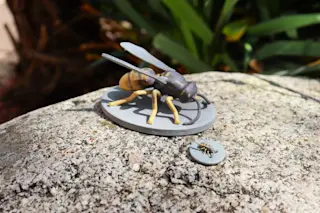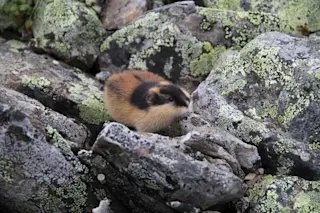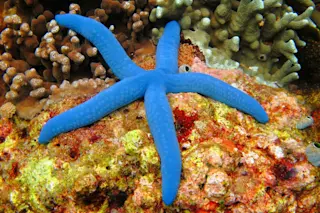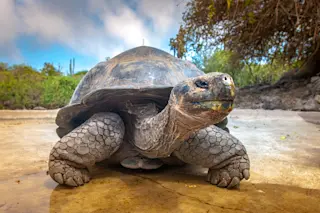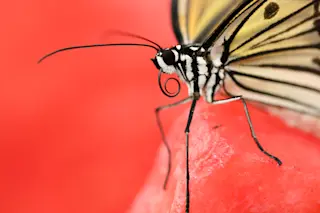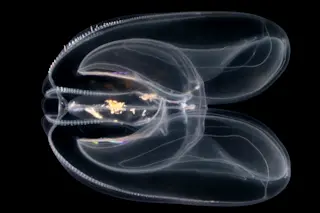Every living thing on Earth shares a long, colorful history. Our planet was born into a maelstrom 4.5 billion years ago, and for the next 600 million years a steady bombardment of primordial debris made the surface uninhabitable. The blitz finally tapered off 3.8 billion years ago. Then within about 50 million years later—practically an instant in geologic time—life irrevocably established itself. Since then, it has evolved into everything from bacteria to toadstools to mudskippers to humans. Outwardly these species vary wildly, but at the molecular level they are staggeringly uniform. They all use DNA to encode genetic information. They all use RNA molecules as messengers to transfer the information from DNA to cellular factories called ribosomes, which then build proteins, which in turn drive our metabolisms and form the structures of our cells. In short, every species seems descended from a common ancestor whose attributes define what scientists mean ...
More on Discover
Stay Curious
SubscribeTo The Magazine
Save up to 40% off the cover price when you subscribe to Discover magazine.
Subscribe

